Endangered cars

Several of these cars littered the UK roads as recently as 25 years ago. Yet now you'll be lucky to spot one at a classic car meeting.
And that's the scary thing - the low survival rate. A number of these cars had more than a million made, and yet there are hundreds - or dozens - left.
Even the least endangered car on our list has a survival rate of less than 1%. One other factor to emerge from this list is that the 1980s cars are particularly vulnerable - because their passage into popular classic status is yet to happen and their disappearance has been hastened by needless scrappage and artifically low market values in recent years.
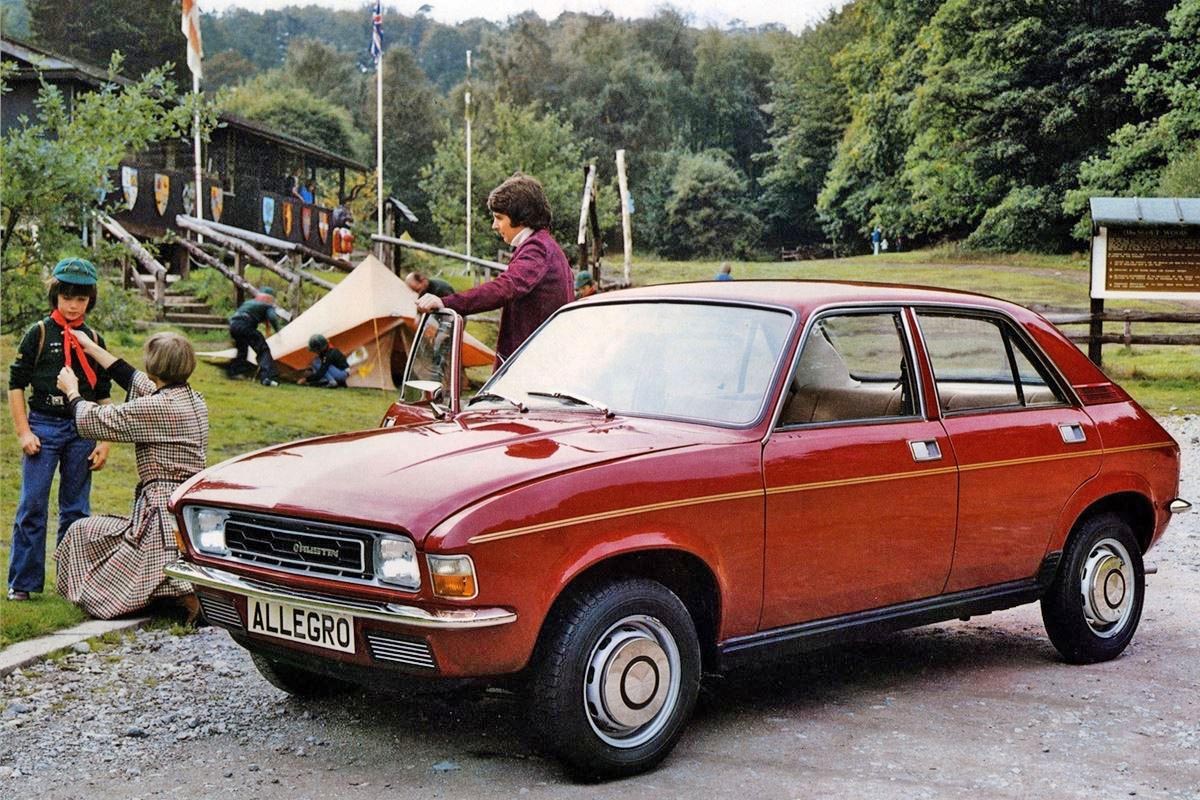
Austin Allegro
The pudding-shaped Allegro is so embedded in British popular culture, that it's shocking to learn that there are fewer than 300 taxed and SORN'd examples left on our roads. For many years, the Austin Allegro was synonymous with the failure of the British car industry. When it was new, it failed to sell in the numbers expected by its maker. That was probably down to its unappealing styling, high prices, poor build quality, and all-round lack of showroom sparkle. Now it's seen as a quirky and sensibly-cheap to run classic car with a growing following.
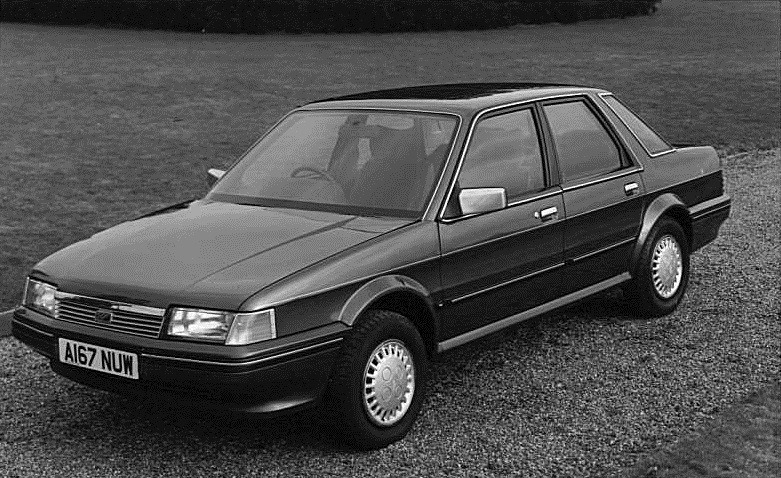
Austin Montego
Along with the Ford Sierra and the Vauxhall Cavalier, the Austin Montego was the archetypal 1980s repmobile for the middle-manager in a hurry. Like its rivals, it was available with a wide range of engines and trim levels, and the fastest models proudly wore the MG badge. As in-period as the Filofax and brick-sized mobile phones, the Montego was Austin-Rover's final - and ultimately unsuccessful - attempt at a mass-market saloon. The car was obviously based on the Austin Maestro, but stretched up a market sector, with a predictable adverse effect on the styling. As the years progressed, it was demoted from the outside lane to the back street bomb-site dealer, and thanks to its tendency to rust around the edges, they were soon worthless.
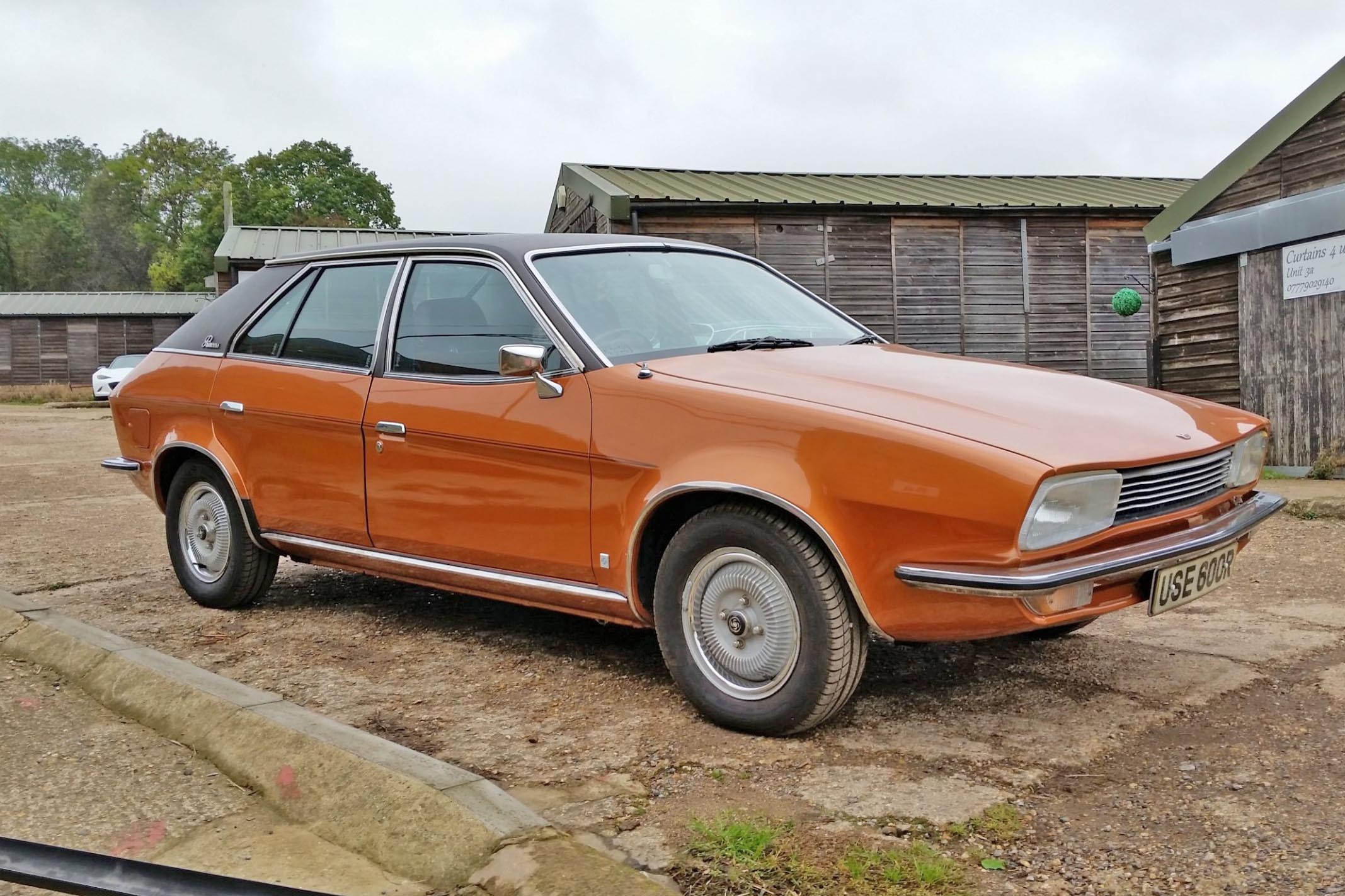
Princess
Another of those cars that looked so promising when it was launched, but by the time the Princess has been on the market a couple of years, all of those pre-launch dreams had been shattered by industrial unrest, shoddy build and slow sales. And yet, the Princess is a great classic car today - it was boldly styled by Harris Mann - plus it's a roomy and a restful cruiser powered by the silkiest six-cylinder engine. But it had an image problem when new - it was mildly unsporting when these things mattered, which made it the perfect transport for the 1980s sitcom Terry and June. Today the Princess is rare but it has a loyal band of followers - like all good classic cars.
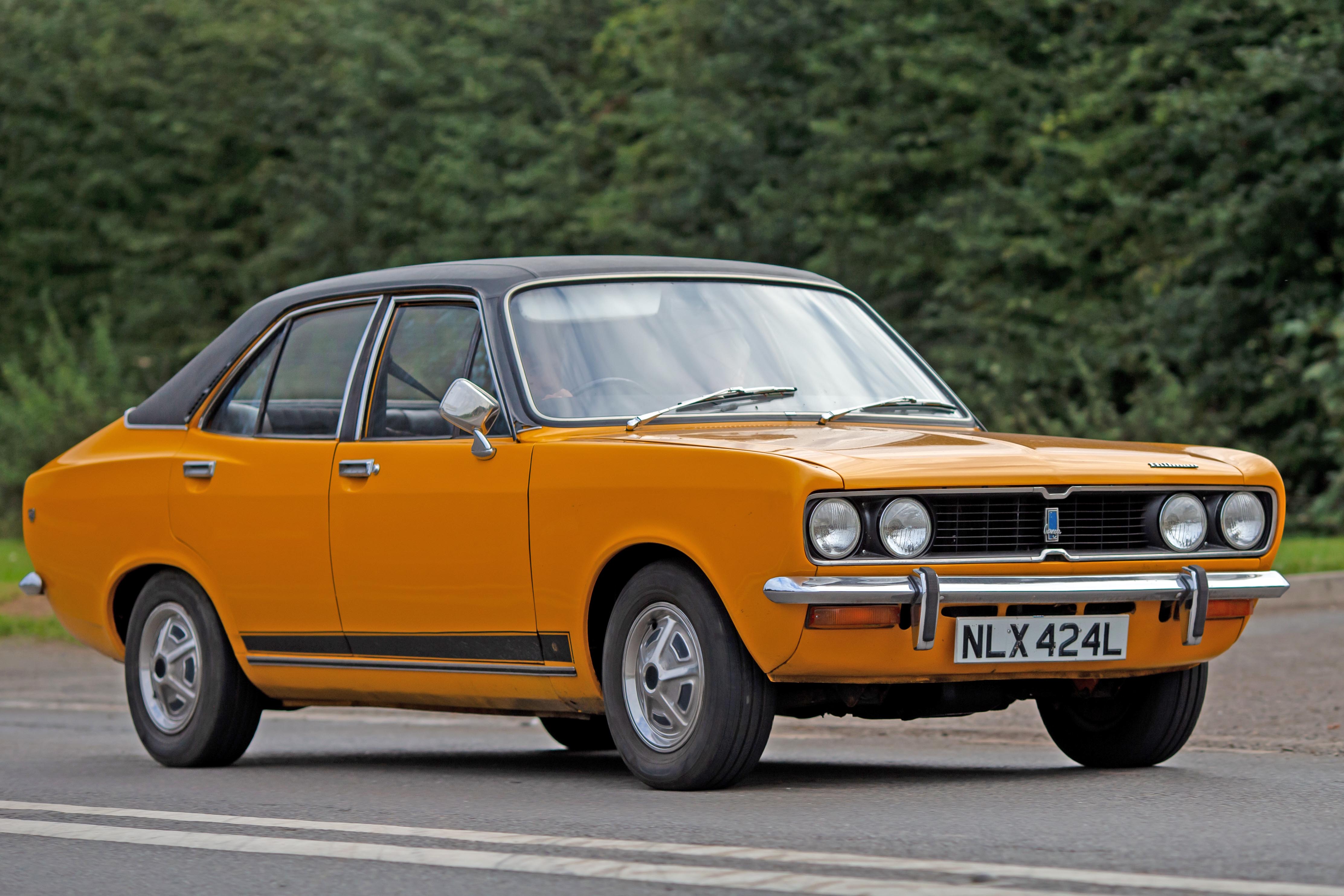
Hillman Avenger
Of course the Avenger is rare today - it was a good car, new from the wheels-up, but it was also confused about its identity. For the first six years of its life, it was known as a Hillman Avenger, but then became a Chrysler Avenger in deference to its maker's American owner. The it became a Talbot in 1979 until it went out of production in 1981, when the company was taken over by Peugeot. It was a political football, too - the factory it was made in was in Central Scotland, 400 miles from where its maker wanted it, thanks to government policy. But Hillman's Ford Escort rival was really rather good, thanks to its smooth engines and excellent suspension set-up. Today it's a bit of a forgotten gem, but it did have its moment in the sun as the support car for the 1978 Scotland World Cup Football team...
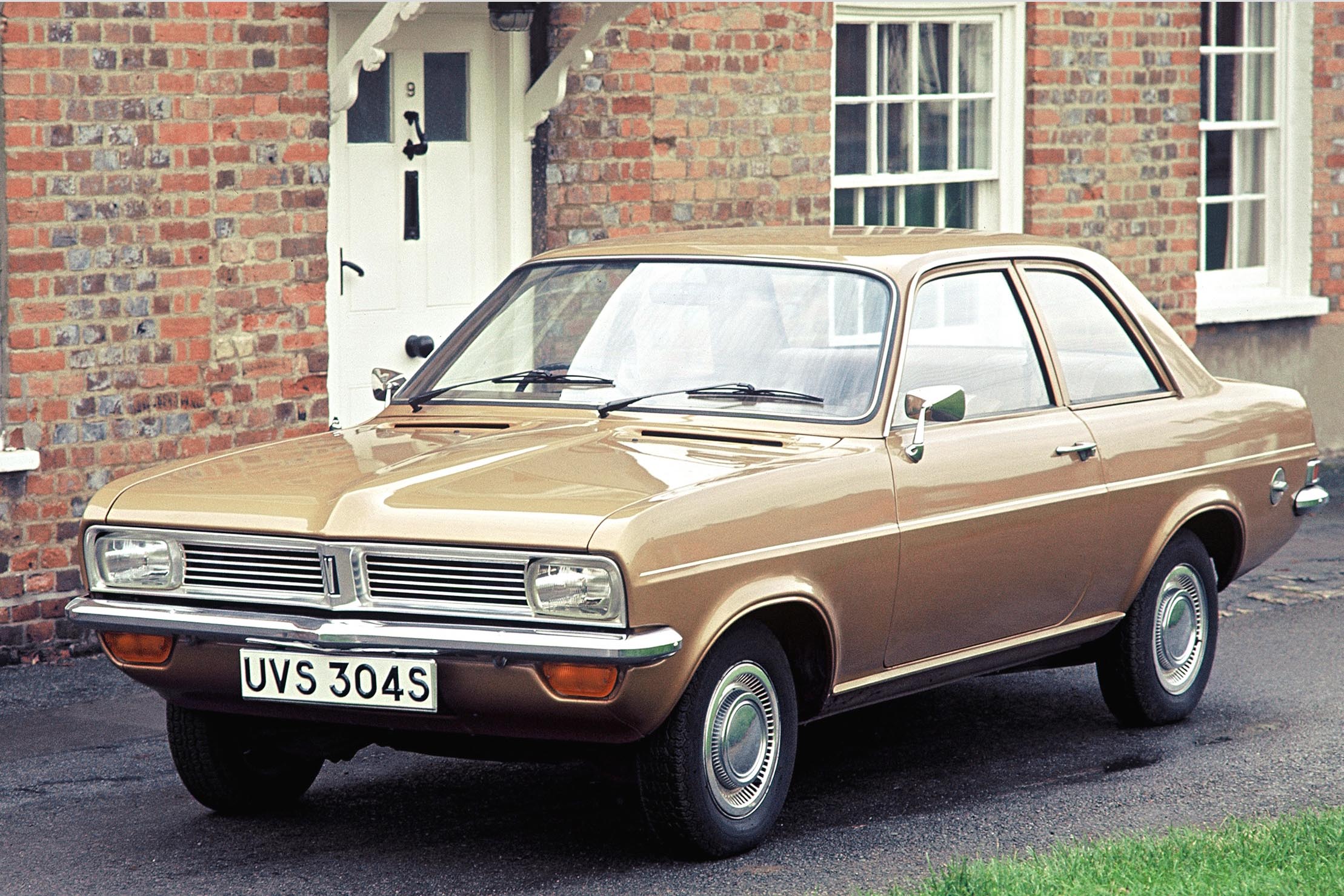
Vauxhall Viva
The Vauxhall Viva was built in Ellesmere Port near Liverpool, and proved the factory's mainstay until 1981 and the arrival of the first generation Vauxhall Astra. It was a solid top ten seller in the UK, and enjoyed sustained success thanks to being good to drive, cheap to run and simple to service and all-round capable transport. With just over 1000 left taxed and SORN'd in the UK, they're now on the endangered species list - who'd have thought that when their shiny new Viva symbolised Bob and Thelma's move into middle-class suburbia and away from their working class roots in the 1970s sitcom, The Likely Lads.
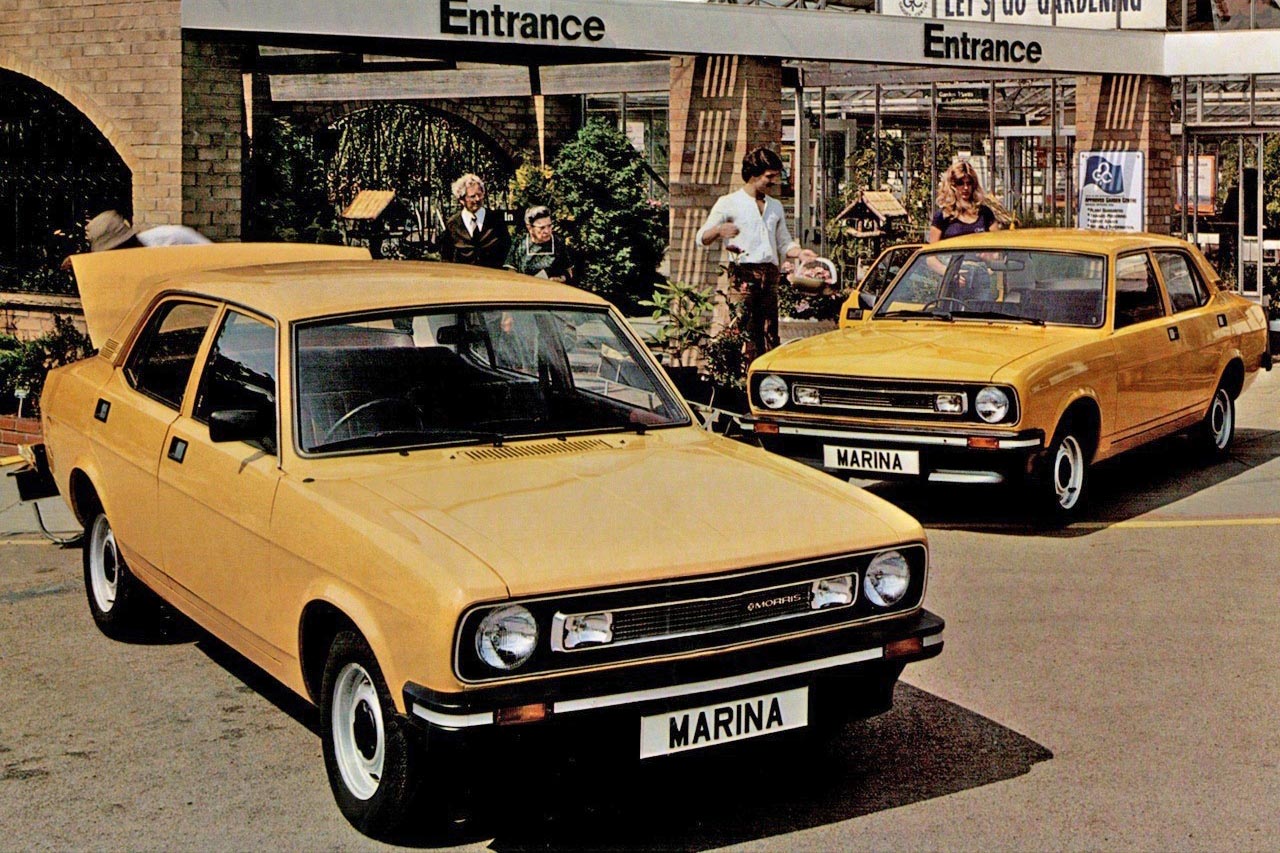
Morris Marina
Pity the poor Morris Marina. It's a car that was conceived with the simple job of appealing to fleet managers, and its only crime was to remain in production too long by its maker that was starved of funds. Still, at least younger generations of car enthusiasts have now heard of the Morris Marina, even if it's not in a good way. From its launch in 1971 until the mid-1970s, the Marina was a strong-seller in the UK, often only trailing the Cortina and Escort in the sales charts. And for Carry On fans, its appearance in Carry on at your convenience as Sid James' middle-management motor showed that it even had a little bit of appeal to the upwardly mobile. Even those who weren't aware they were climbing the social ladder.
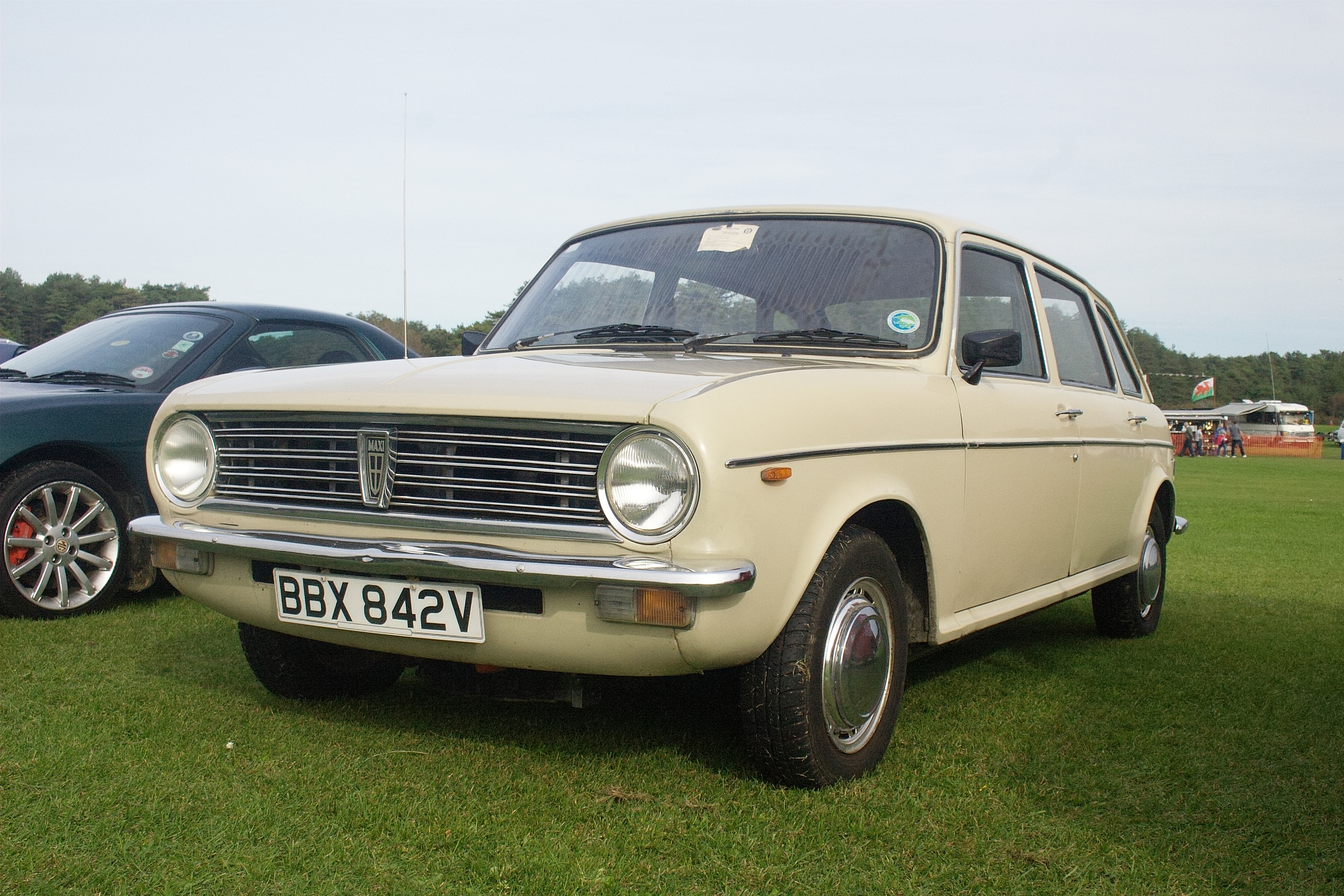
Austin Maxi
The Austin Maxi was a rational, sensible, five seater family car, with front-wheel drive, five-speed gearbox, and all the lounging room you'd ever need. It was also blessed with Plain Jane looks that gave it an almost classless air. As a result it was commonplace across the UK but now you'll be lucky if you see one at a classic car meeting. And that's a shame, because unlike the Marina and Allegro, which for many years were considered a British industrial laughing stock, the Maxi has always viewed as the slightly eccentric sensible family hatchback that cast the mould for the hold-alls we're all driving today.

Morris Ital
The Morris Ital was a facelift too far. The Morris Marina was well past pensionable in 1980 and new styling really wasn't enough to make the car competitive against the best that Vauxhall and Ford could offer. The new name really set expectations too high, though - and to be fair, the car was originally destined to be called the Morris Marina Ital until management decreed that it should be named after the design house that acted as a consultancy for the facelift. However, it's worth noting that the Italians didn't style the Ital at all - it was penned by Harris Mann, the designer responsible for the Allegro and Princess. And the Ital is heading rapidly for extinction.
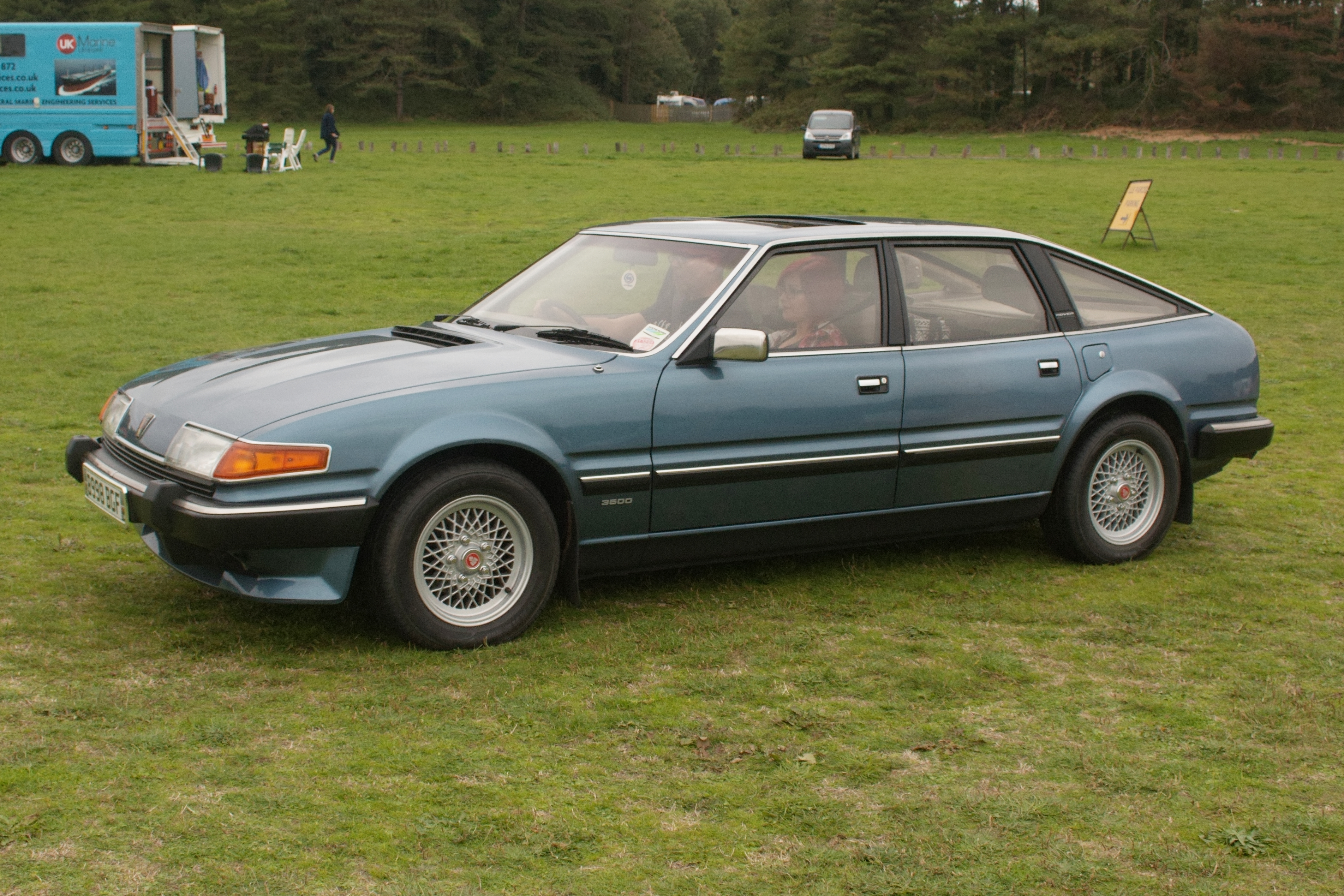
Rover SD1
The Rover SD1 is an interesting classic, a car of absolute extremes. When it was launched in 1976, it was a worldbeater - fast, comfortable, great to drive with excellent dynamics, and possessing that fastback rear end made it oh-so practical. During the 1970s and '80s, it was considered the ultimate jam sandwich police car, and there isn't a film made in England during that time that doesn't star a Rover SD1 in some form or another. But it was British Leyland at its worst. The Rover SD1 was a long way from being reliable, and the build quality on the earliest cars was absolutely shocking. And that, inevitably sealed the car's fate in the minds of executive car buyers. Today it's a great classic car, thanks to almost total parts availability and good specialist and club support. And that probably means survivor numbers won't drop much more - we can hope.

Austin Metro
Of all the endangered cars on our list, the Austin Metro's appearance is probably the most shocking. It was a best seller throughout the 1980s and not only was it a favourite with the BSM driving school, but Diana Princess of Wales owned one before she married the Prince of Wales in July 1981. It its early days, the Austin Metro was the darling of British motorists, enjoying a brief period of cool immediately after its launch, before the reality of its reliability issues came to the fore - and more capable rivals such as the Fiat Uno and Peugeot 205 turned up to spoil the party. It's amazing to think that with more than 1.5 million Metros built, there are now fewer than 2000 either taxed or on SORN in the UK.













